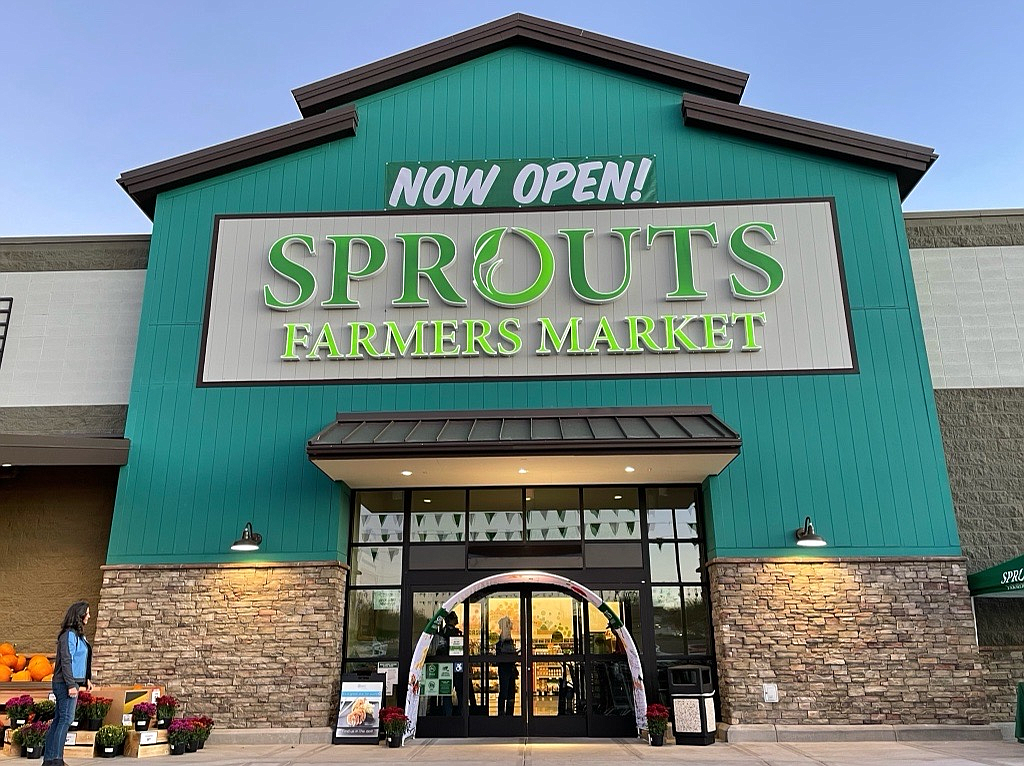- December 16, 2025
-
-
Loading

Loading

Around 6:45 a.m. Jan. 12, about 25 employees and 445 customers stood outside the new Sprouts Farmers Market in Port Charlotte, preparing to cut the ribbon to commemorate the store’s opening.
It was what is quickly becoming a familiar scene, a reflection of how the Phoenix, Arizona, grocery store chain is getting good at store openings thanks to so much practice. Just one week later, on Jan. 19, the process would be repeated. This time in Miami.